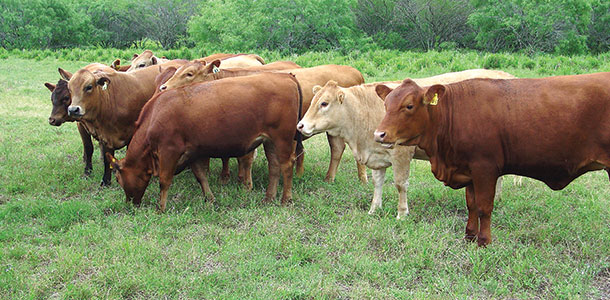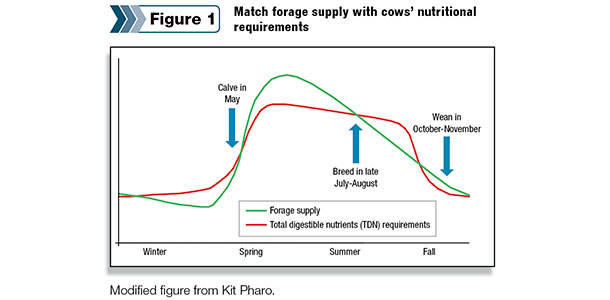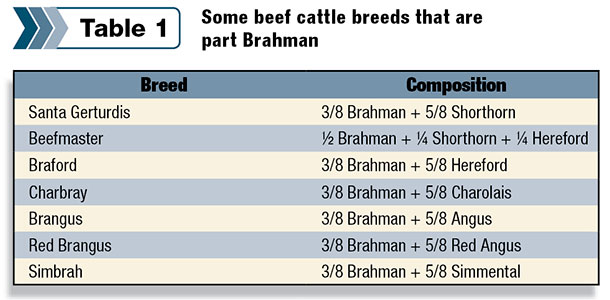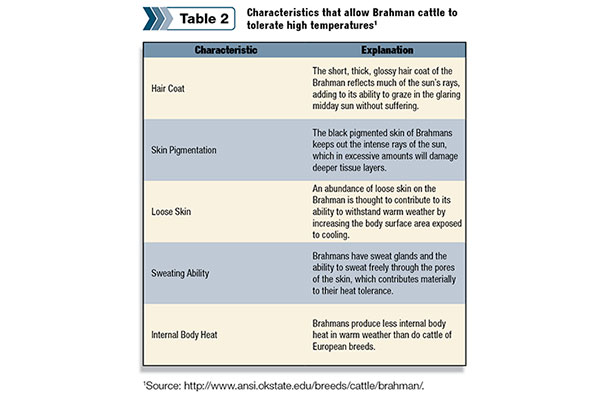One of the most noted was the Dust Bowl drought, a natural disaster that severely affected much of our country during the 1930s. The drought came in three waves: 1934, 1936 and 1939 through 1940.
Some regions of the High Plains experienced drought conditions for as many as eight years.
“During the 1950s, the Great Plains and the southwestern U.S. withstood a five-year drought,” reports National Oceanic and Atmospheric Administration (NOAA).
“In three of these years, drought conditions stretched coast to coast. The three-year drought of the late 1980s covered 36 percent of the U.S. at its peak. Compared to the Dust Bowl drought, which covered 70 percent of the country during its worst year, this does not seem significant. However, the 1980s drought was not only the costliest in U.S. history but also the most expensive natural disaster of any kind to affect the U.S.”
“In 2012, a warm and dry spring followed by a scorching hot summer plunged the U.S. into one of its 10 worst drought events on record,” writes Climate Central.
“At its peak in late summer 2012, the drought extended from Delaware to California, with the most intense drought conditions centered in the nation’s heartland.”
 According to the July 1, 2014 U.S. Drought Monitor, drought still lingers in the southwest and along the Pacific Coast. There are also abnormally dry areas in the southeast and New England.
According to the July 1, 2014 U.S. Drought Monitor, drought still lingers in the southwest and along the Pacific Coast. There are also abnormally dry areas in the southeast and New England.
Considering our drought history, it makes sense to breed drought-adaptive cattle and to manage pastures for continued production during dry periods.
A drought-adapted cow is one that can tolerate heat and has the ability to forage.
She is medium-sized in frame, flesh and body, and is in the medium category on milk production. To withstand drought, you want good-producing cows that can maintain flesh condition with minimum feed requirements.
Lukefahr Ranch
Drs. Steven Lukefahr and Alfonso Ortega demonstrate drought management in their teaching, research, consulting and through their commercial cattle operation.
They are colleagues in the Department of Animal, Rangeland and Wildlife Sciences at Texas A&M University – Kingsville. Dr. Ortega is also affiliated with the Caesar Kleberg Wildlife Research Institute. Visit the Lukefahr Cattle Ranch website to learn more.
Lukefahr explains that in Kleberg County, 26 inches of rain is considered normal. In 2011, only 8.4 inches were received and less than 10 inches from January through August of 2012. Lukefahr and Ortega use the following three strategies for managing their cattle to minimize drought effects:
1. Work with nature. First and foremost, match the forage supply with the cow’s nutritional requirements.

Work with nature by breeding in summer from mid-July through August to give the cows an opportunity to consume green forage before they calve and to avoid calves being born during blizzards or heat waves (Figure 1).
2. Use heat-tolerant and drought-adapted genetics. “We developed a composite breed of cattle, named ‘Star,’ with Senepol, Tuli and Red Angus cattle,” states Lukefahr.
“Senepol was developed on the island of St. Croix in the Caribbean by crossing N’Dama cows to Red Poll bulls. Both N’Dama and Tuli breeds evolved in Africa for more than 5,000 years, being subjected to the harsh elements of the tropical environment. Natural selection genetically molded these cattle to become heat-resistant and drought-adapted. N’Dama and Tuli cattle were never traditionally fed feed supplements and easily fattened on grass. There is no extremism in degree of bone, flesh, mature body size or in milk production, which is the recipe for easy-care, economical cows.”
“For a summer breeding program to be successful, cattle must be heat-tolerant,” Lukefahr continues. “Many bulls are not fertile during the summer in South Texas and high temperatures can cause embryonic mortality within the first 60 days after conception. To date, Star bull fertility tests reveal live/normal sperm scores between 85 and 95 percent. Due to the cattle being heat-tolerant, mating even occurs in the afternoons at 100-degree temperatures.”
3. Maintain a controlled breeding season. “Tight control of the breeding season is paramount,” Lukefahr says.
“In 2010, all calves but one were birthed by naturally bred cows within 21 days, and in 2011 through 2014, all were born within 50 days. Artificially bred calves from first-time heifers were born a month earlier. It is less stressful for management to wean calves at one time during the year. It is also less costly to take one trip to the auction and to feed only dry cows in the winter.”
Lukefahr and Ortega implement four additional strategies for pasture management to negate the adverse effects of drought:
- Maintain a conservative stocking rate
- Stockpile, stockpile, stockpile
- Regularly monitor forage supply
- Regularly monitor cow body condition
“In recent years of exceptional drought, with appropriate genetics and sound pasture management practices, it was not necessary to feed hay or sell any good cows,” Lukefahr says.
“The feed cost per cow in 2011 was just under $45, about $16 in 2012 and $19 in 2013. In 2013, stocking rates were reduced and additional land was temporarily leased so that good pasture health could be maintained by preventing overgrazing.”

Options for heat-tolerant and drought-adaptive cattle include Brahman and Brahman crosses (Table 1).
Oklahoma State University describes the Brahman breed as originating from Bos indicus cattle originally brought from India.
Through centuries of exposure to inadequate food supplies, insect pests, parasites, diseases and the weather extremes of tropical India, the native cattle developed some remarkable adaptations for survival.
Studies at the University of Missouri found that Brahman and European cattle thrive equally well at temperatures down to 8ºF. These studies showed that European cattle begin to suffer adversely as the air temperature goes above 70ºF, resulting in increased body temperature.
A decline in appetite and milk production occurs at above 75ºF. Brahmans have little effect from temperatures up to and beyond 105ºF.

Other characteristics that allow Brahman cattle to tolerate high temperatures are shown in Table 2.
Hotlander is a composite breed developed by the R.A. Brown Ranch in Throckmorton, Texas, during the 1980s. The composite includes Angus/Red Angus, Brahman, Simmental and Senepol.
Hotlander continues to produce in tough, hot climates and is being used all across the southern half of the U.S., from Florida to California, as well as in Mexico, South America and Australia.
Some producers are crossing commercial cattle with Texas Longhorns to build heat tolerance in their herds.
“Longhorn cattle developed their hardiness as they grazed open ranges from the late 1500s through the late 1800s,” says Larry Lonera, Bar L Cattle Company, Brenham, Texas.
“Survival of the fittest contributed to the Texas Longhorn’s genetic resistance to diseases and parasites and to their ability to tolerate extreme heat, drought, freezes and other extreme weather conditions.”
A producer can better survive droughts by using the management strategies adopted by Lukefahr and Ortega and by breeding drought-adaptive cattle. ![]()
Robert Fears is a freelance writer based in Texas.
PHOTOS
PHOTO 1: The Brahman has several physical traits that helps it adapt to drought conditions..
PHOTO 2: These “Star” cattle composites are made from Senepol, Tuli and Red Angus. Photos by Robert Fears.








